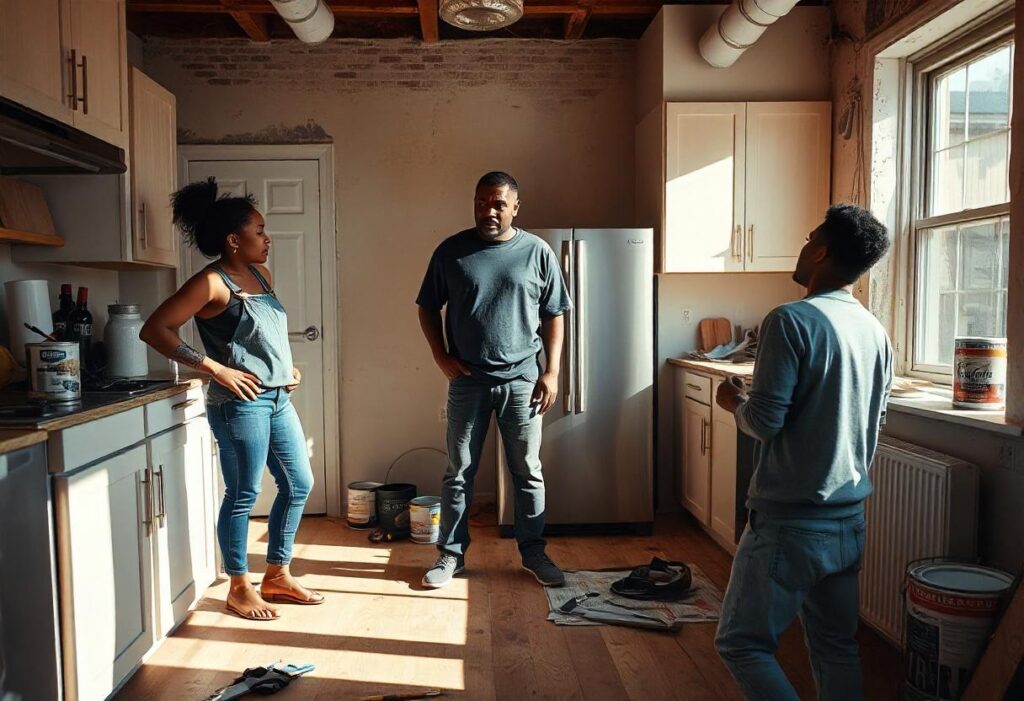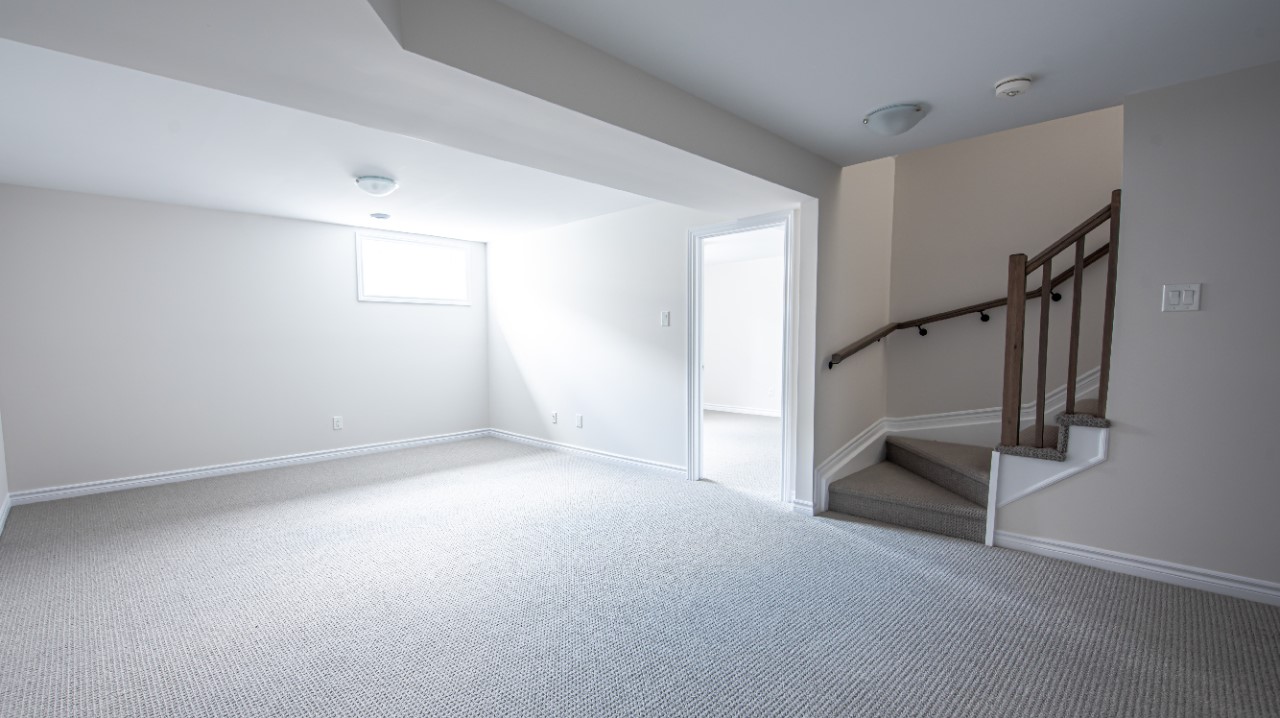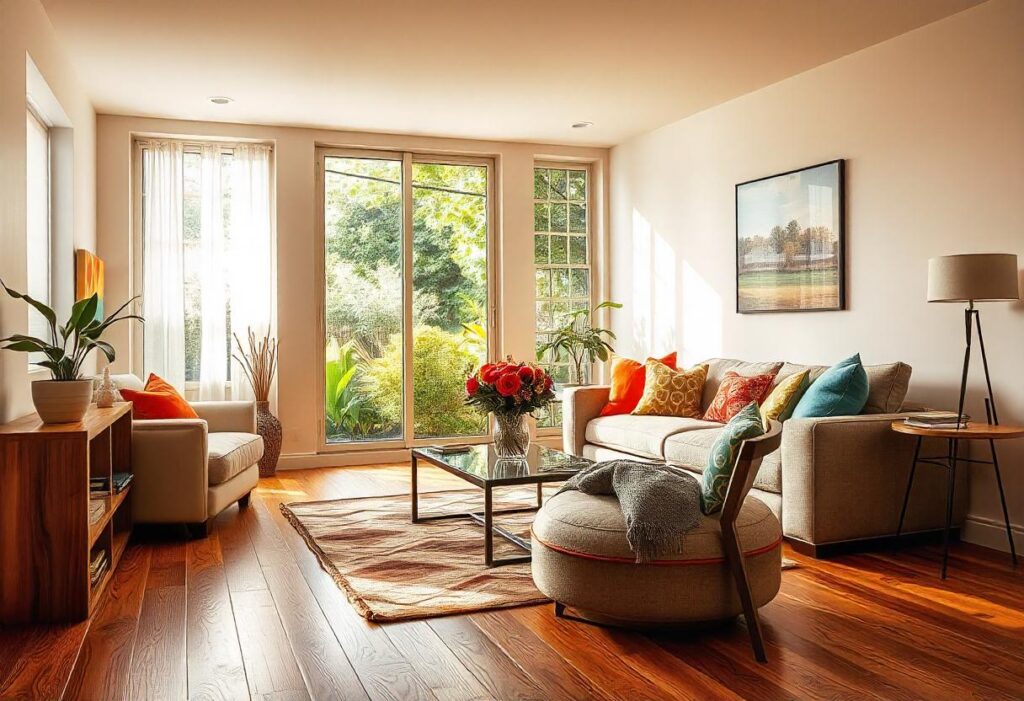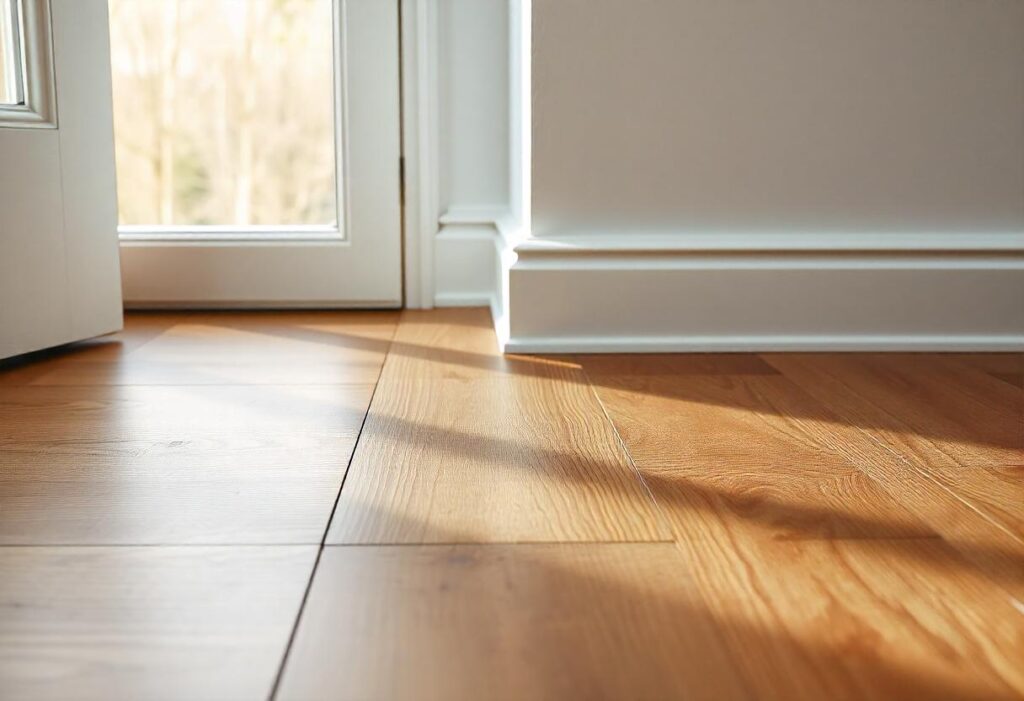Of all things kitchen remodeling, getting your cabinet dimensions correct is absolutely crucial. After all, not only do you need the cabinetry done right for functionally but also for aesthetics.
In fact, as a custom kitchen contractor, I’ve seen firsthand how proper cabinet sizing transforms a kitchen both in looks and usability.
But it goes without saying that selecting the correct standard kitchen cabinet dimensions can be equally challenging. That’s because from average cabinet height to depth, and more, you’ve to factor in everything and see what fits into your space.
So, read on as I draw from my hands-on experience and top industry sources to walk you through everything standard cabinet dimensions.
Why do standard kitchen cabinet dimensions matter in the first place?
Before I explain the standard cabinet dimensions for home kitchens and how you can go about correct sizing, it’s essential you know why this is so important to begin with.
For starters, the right cabinet dimensions are critical to creating a seamless, functional, and ergonomic kitchen design. That’s because these measurements ensure your cabinetry fits perfectly with countertops, appliances, and the kitchen layout in general.
Not to mention, consistent depth and height of kitchen cabinets also simplifies how you install appliances and upgrade the space in future. Also, it determines how long it will take you to remodel the kitchen area.
What’s more?
Go for standard cabinetry dimensions and you can use the space in the most efficient way.
This is straightforward: Ideal heights and depths will accommodate all appliances and make it easier for you to reach items.
Master the Precision of Perfect Kitchen Cabinetry
Know the critical cabinet measurements for your kitchen’s functionality and storage and create a space that’s both and beautiful and practical.

What are the standard kitchen cabinet dimensions for different cabinet types?

Now that you know why the right cabinet dimensions are so crucial for your kitchen, let me get into the nitty gritty of average sizes for various cabinet types.
As you know, there’s not one but multiple types of kitchen cabinets. And each serves a very unique function within your space.
For instance, modular home kitchens have at least three primary cabinets, namely, base, wall, and pantry cabinets. Here, each of these have their own standard lengths for different storage and design needs.
I’ve detailed each cabinet’s functions and standard dimensions to help you understand how they contribute to a functional kitchen layout.
1. Base cabinets
Base cabinets are the very foundation of your kitchen layout, and thus, among the most important of all cabinets. In fact, from supporting countertops to covering sinks to providing storage solutions, these cabinets have got all your essentials covered.
Not to mention, cabinets are also crucial in defining your kitchen’s work zones for meal prep, cleanup, etc.
Speaking about the standard base cabinet dimensions, here’s are sizes common across modern kitchens:
- Height: 34.5 inches without countertop and 36 inches with countertop.
- Depth: 24 inches without countertop and 25-26 inches with countertop overhang.
- Width: Ranges from 9 to 48 inches in 3-inch increments.
Remodeler’s sizing tip: Cabinets for sinks usually measure 30-36 inches in width to accommodate plumbing fixtures and garbage disposals. Also, corner base cabinets that make use of otherwise unused spaces have standard kitchen cabinet depth of 36 inches and come in both L-shaped and diagonal designs.
2. Wall cabinets
Mounted above base cabinets and countertops, wall cabinets are where you store dishes, glasses, and other pantry items. Also, apart from their functional aspect, these cabinets contribute to the overall look of your kitchen.
What’s more?
Wall cabinet color and design palette even determines how you perceive light and space in the area.
Dimension wise, here’s what is standard for wall cabinets across different kitchens:
- Height: 12, 15, 18, 24, 30, 36, and 42 inches.
- Depth: 12 inches ( but you can take this up to 24 inches for custom storage needs).
- Width: 9 to 48 inches in 3-inch increments.
Remodeler’s sizing tip: Wall cabinets should be installed 18 inches above countertops to create sufficient workspace. And if you’re installing these over stoves, maintain a clearance of 24-30 inches for ventilation and safety.
3. Pantry cabinets
Pantry cabinets have more utility than just storing pantry items or covering built-in appliances. That’s because they maximize vertical space and create a seamless floor-to-ceiling aesthetic.
But in order to design it thoughtfully, you’ll need to factor in the following pantry cabinet dimensions:
- Height: 84, 90, and 96 inches.
- Depth: 12 or 24 inches.
- Width: 18, 24, and 36 inches.
Remodeler’s sizing tip: if your ceiling height is 8-feet, a 96-inch pantry cabinet will align perfectly with it and eliminate all gaps.
Bonus: Specialty kitchen cabinet dimensions
While standard cabinets are apt to meet most functional requirements of your kitchen, you could still have some special storage needs they can’t cover. And this is where specialty cabinets enter the picture, covering your functional needs with unique dimensions.
In fact, from corner cabinets to sink bases, and more, the depth and height of kitchen cabinets like these can make even the most unusable spaces usable.
In terms of dimensions, here’s what you should aim for in these special cabinets:
- Sink base cabinets: The base cabinet dimensions for sink base cabinets are usually 30 to 36 inches wide and 24 inches deep. Also, they don’t have typical top drawers in order to accommodate plumbing fixtures.
- Corner cabinets: Commonly known as Lazy Susan cabinets, these are 33 to 36 inches wide and come with rotating shelves for easy access. And for blind corners, these cabinets feature a width of 36 to 48 inches to fit tight spaces.
- Drawer base cabinets: These cabinets offer wider storage for utensils, cookware, and small appliances and are available in widths from 12 to 48 inches.
Expert tips for personalized kitchen cabinet dimensions
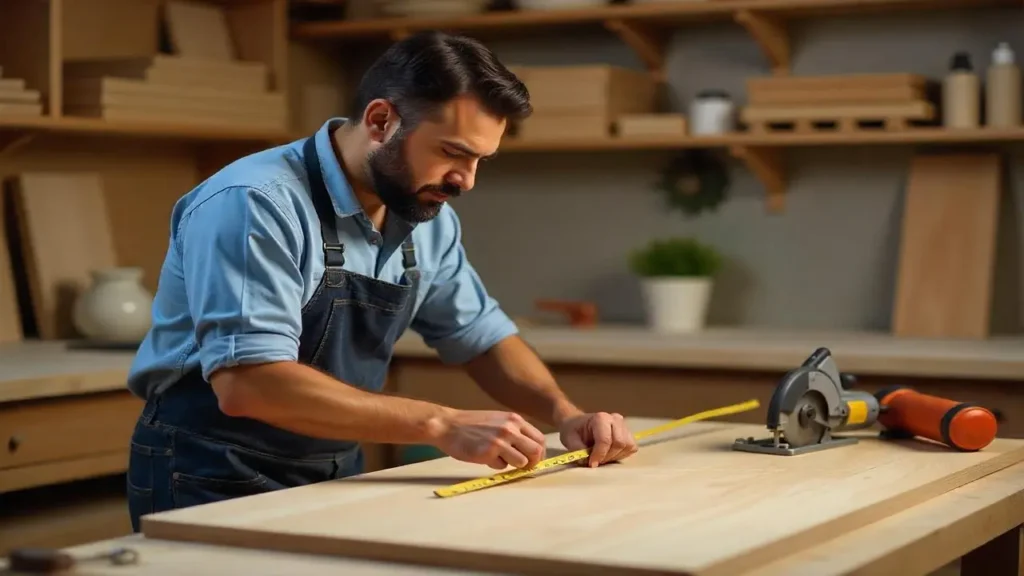
You’ll agree when I say that a well designed kitchen is one with more than just beautiful cabinets. And to end, you’ve to ensure every cabinet contributes to both form and function.
But how exactly can you do so?
Well, you’ve got to focus on everything from layout to optimal storage and aesthetic details, all of which call for precise standard kitchen cabinet dimensions.
Nevertheless, this need not be a static and regular cabinetry as you can go creative and bring in personal elements too. Here’s how:
1. Go for mixed kitchen cabinet height
Walls cabinets are excellent to add visual interest and balance your kitchen’s overall look. And one of the ways you can customize these is by combining 36-inch and 42-inch cabinets.
You see, varying heights create a more dynamic design that breaks up rather monotonous lines. To do so, you can use aller cabinets to frame focal points like range hoods while maintaining consistent standard-height cabinets across other areas.
This interplay of normal kitchen cabinet dimensions also offers practical storage for seasonal or rarely used items in the taller cabinets.
Sounds interesting, doesn’t it?
2. Optimize corner spaces
If there’s one space in your kitchen that often goes wasted, it is the corner areas. But you can make the most out of these spaces, all you’ve got to do is install Lazy Susans or pull-out shelves.
For starters, at a little extra kitchen remodeling cost, Lazy Susans make it super easy for you to access pots, pans, and pantry items stored in hard-to-reach spots.
At the same time, pull-out trays and swing-out shelves maximize storage and eliminate the frustration of losing items in dark corners.
3. Install toe kicks
Toe kicks are the recessed space at the bottom of base cabinets, typically about 3.5 inches high and 3 inches deep.
And if you’re someone who works long hours prepping meals in the kitchen, toe kicks are great for ergonomic comfort.
Moreover, toe kicks can also house hidden storage drawers for flat items like baking sheets or cutting boards.
Standard kitchen cabinet dimensions: What to consider?

The right cabinet sizing is more than just fitting cabinets into your kitchen layout. Rather, it is about creating a space that improves usability, comfort, and aesthetics.
Meaning more than the normal kitchen cabinet dimensions that I detailed above, there are other factors too that you’ll have to consider, which includes:
1. Kitchen layout and workflow
What cabinet sizes will work best for your space depends directly on your kitchen layout. And it is based on a simple logic: Your kitchen work triangle or the arrangement between sink, stove, and refrigerator should always remain unobstructed.
Now, the problem with oversized or poorly placed cabinets is that they disrupt this workflow. So to avoid it, I suggest you consider how the cabinets will interact with appliances, door swings, and open spaces.
2. Appliance sizes
Your cabinet sizes should be able to accommodate kitchen appliances seamlessly.
For instance, if you’ve got a standard refrigerator, the cabinets adjacent to it can have greater depth for a built-in look.
Similarly, microwaves, dishwashers, and wall ovens should all fit in without compromising surrounding cabinetry.
3. Ceiling height and vertical space
The height of your kitchen ceilings also have a say on cabinet dimensions.
For instance, if your kitchen has 8-feet ceiling height, the average cabinet height of 36 inches will leave space above. So, take my advice and go for 42 inch cabinet dimensions for a seamless look.
4. Storage and accessibility
You should always assess your storage needs and select kitchen cabinet dimensions accordingly. Factor if you require deep drawers for pots and pans or more shelves for pantry items.
Also, consider who will use the kitchen. For instance, if children or older adults are to use the space, lower cabinets with pull-out shelves will be more accessible.
Frequently asked questions
Can you customize standard cabinet sizes?
Yes, you can.
With semi-custom and custom kitchen cabinets, you can modify dimensions to suit your kitchen layout.
How much space should you leave between the countertop and wall cabinets?
I suggest homeowners leave at least 18 inches of space between the countertop and wall cabinets. Also, for more clearance, you can leave between 24-30 inches of space.
What is the ideal depth for wall cabinets above a refrigerator?
A space of 24 inches is ideal to align with the refrigerator depth.
Master the Precision of Perfect Kitchen Cabinetry
Know the critical cabinet measurements for your kitchen’s functionality and storage and create a space that’s both and beautiful and practical.

Final words
As you can see, the standard kitchen cabinet dimensions are not all about contemporary averages used in the industry. Instead, they depend a lot on your kitchen’s unique layout and pre-existing design.
Got more questions or want to install brand-new custom cabinets into your kitchen?
You can get in touch with us!
At Creative Design Ceramic Tile & Bath, we are kitchen cabinet experts with a seasoned in-house team to design 100 percent personalized cabinets for you. And we’ve got all your cabinetry requirements covered on a budget.


